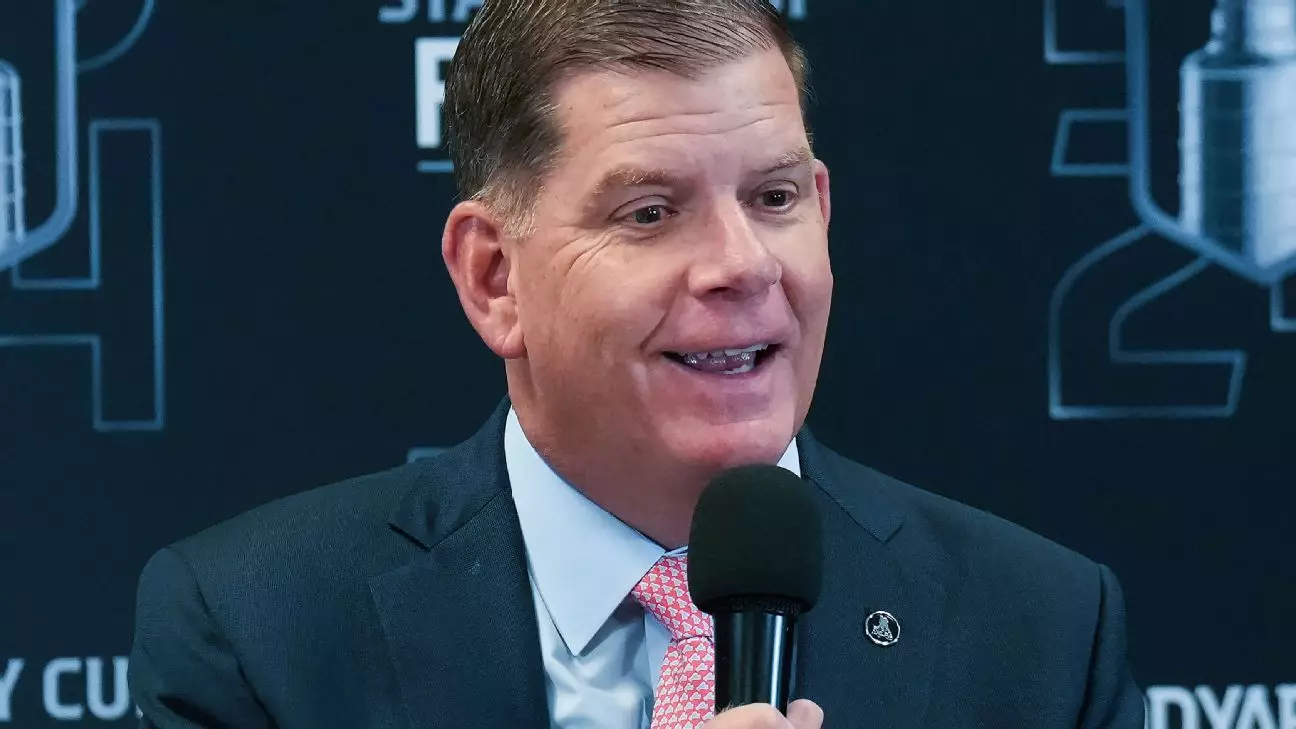In a significant move for the labor movement within professional sports, the National Hockey League Players’ Association (NHLPA) and the Professional Hockey Players’ Association (PHPA) have joined forces with the AFL-CIO, the largest labor federation in the United States. This partnership increases the AFL-CIO’s membership to 63 unions, collectively representing over 15 million workers. This decision comes at a time when collective bargaining talks are critical not only for hockey but also for the broader scope of sports unions in North America. The alliance signals a commitment to ensuring that the voices and rights of professional hockey players are amplified within the sports community.
AFL-CIO president Liz Shuler welcomed the NHLPA and PHPA, emphasizing the foundational belief that every worker deserves representation. Shuler remarked, “Whether our work is on the rink, in the classroom or on the factory floor, every worker deserves a voice.” This philosophy underlines the critical role of union membership—not just for professional athletes but for workers across all industries. The AFL-CIO seeks to provide a supportive network that can assist unions in negotiating contracts that prioritize fair compensation, safe working environments, and opportunities for career growth, which are often overlooked in the fast-paced world of sports.
The NHLPA, which represents about 750 players across 32 teams, and the PHPA, with its 1,800 members in the American Hockey League and the ECHL, are positioned to benefit greatly from this collaboration. NHLPA executive director Marty Walsh expressed pride in joining the AFL-CIO, stating that it marks an important moment for labor in sports. There is an urgent need for professionals in the industry to unite, particularly during collective bargaining sessions, where the power of solidarity becomes crucial in advocating for equitable wages and terms of employment that reflect the players’ contributions to the game.
The establishment of the AFL-CIO’s sports council in 2022 serves as a pivotal platform for fostering cooperation among various sports unions, including those representing players in the NFL, WNBA, and Major League Soccer. This structure not only aligns hockey players with other athletes but also strengthens their collective bargaining power. PHPA executive director Brian Ramsay pointed out that this collaboration will provide crucial backing during negotiations, enabling players to push for better working conditions. The shared goal among these unions is to ensure that all athletes can work in environments that honor their rights and contributions.
This alliance between the NHLPA, PHPA, and AFL-CIO is not merely a strategic maneuver; it’s a powerful reminder that union solidarity can yield meaningful change. In an era where labor movements are at a crossroads, this unionization effort illustrates the broader necessity for collective action across sectors. As the hockey community prepares for collective bargaining, the support from the AFL-CIO represents not just an advantage at the negotiation table but a broader movement toward fairness and equity in the workplace. The decision to join the AFL-CIO heralds a new chapter in labor advocacy for professional hockey players, highlighting the role of unions as vital agents of change across all industries.


Leave a Reply